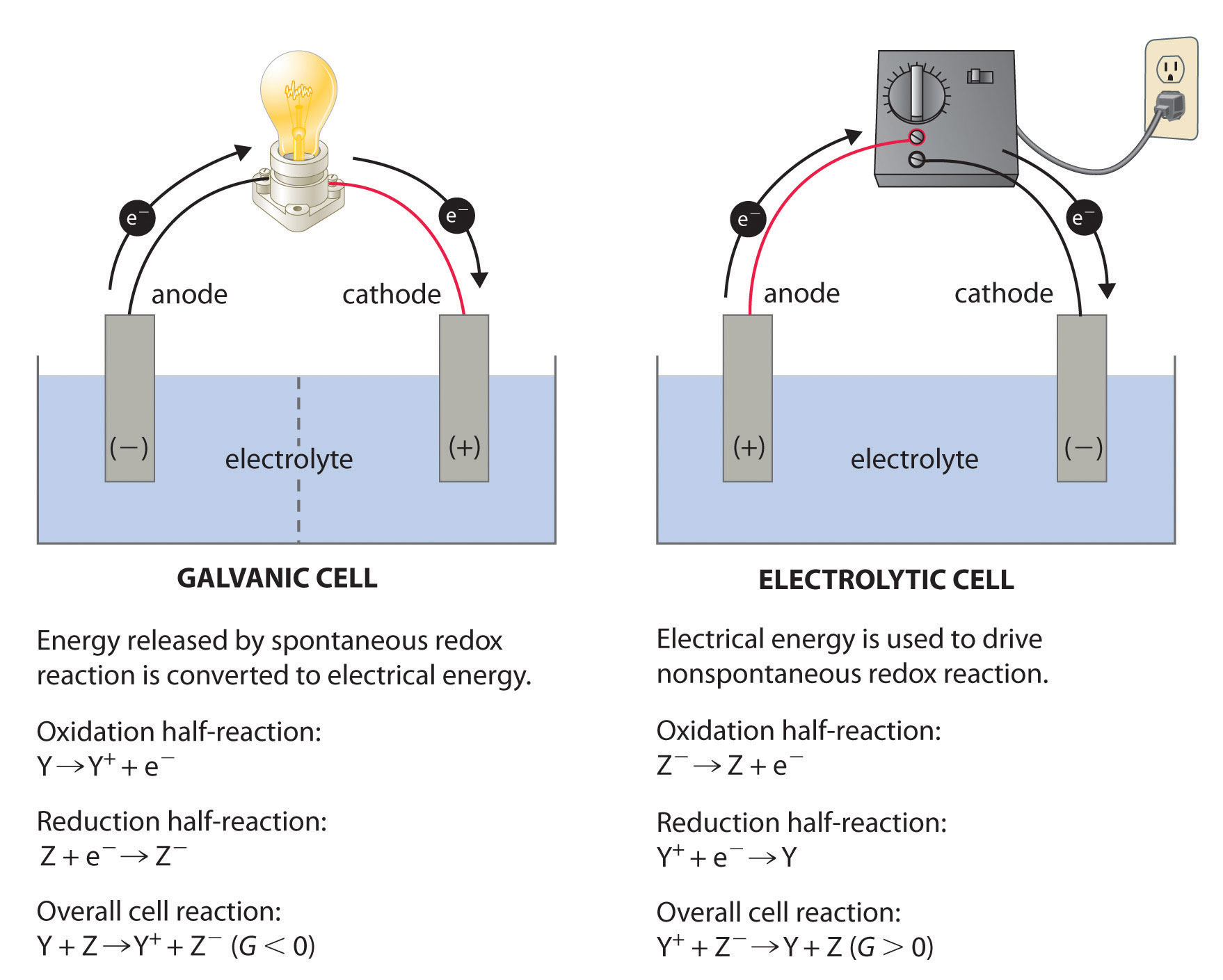


Iron(II) sulfate solution, FeSO 4(aq) – see CLEAPSS Hazcard HC055B and CLEAPSS Recipe Book RB051.Copper(II) sulfate solution, CuSO 4(aq) – see CLEAPSS Hazcard HC027c and CLEAPSS Recipe Book RB031.Wear eye protection (goggles) throughout.Read our standard health and safety guidance.(Optional) Solution of mercury(II) chloride (VERY TOXIC) mixed with ammonium thiocyanate (HARMFUL) (see note 11 below).Aqueous ammonia, about 4 M (IRRITANT), 10 cm 3.Nitric acid, about 4 M (CORROSIVE), 20 cm 3.Zinc sulfate, about 0.5 M, 200 cm 3 (IRRITANT, DANGEROUS FOR THE ENVIRONMENT).Iron(II) sulfate, about 0.5 M, 200 cm 3.Copper(II) sulfate, about 0.5 M, 200 cm 3.Several lengths of connecting wire, including two fitted with crocodile clips.Platinum electrodes, 1 cm square, with platinum leads sealed through glass tubes, both supported in a rubber bung or cork so that the electrodes are about 2 cm apart, x2 (see note 10 below).It is probably best to assign two metal ions and one mixture to each group, and pool the results from all the groups. There is probably insufficient time for each group to do all six electrolyses. This experiment is best done by students working in groups of two or three. They then carry out a similar procedure using mixtures of these electrolytes, in order to find out which ion is discharged in preference to the other.

In this experiment, students electrolyse copper(II) sulfate, iron(II) sulfate and zinc sulfate solutions, before testing for any metal deposited at the electrodes. RSC Yusuf Hamied Inspirational Science Programme.Introductory maths for higher education.The physics of restoration and conservation.


 0 kommentar(er)
0 kommentar(er)
